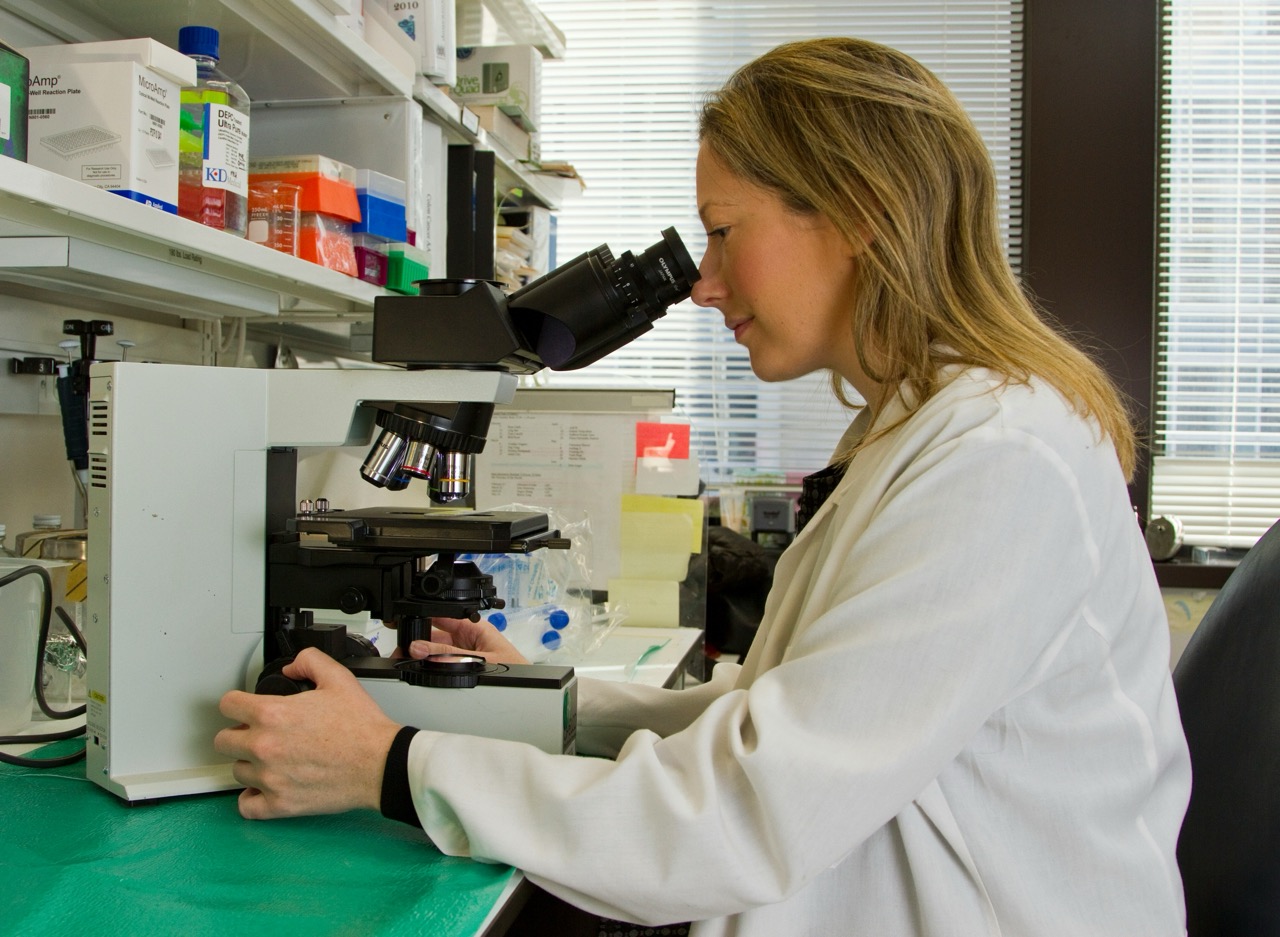Human Papillomavirus (HPV) is a common sexually transmitted infection that has garnered significant attention due to its association with various health issues, including cervical cancer and other anogenital cancers. While the transmission of HPV is primarily understood to occur through direct skin-to-skin contact during sexual activity, questions regarding its potential transmission through blood transfusions have arisen. This article aims to explore the nature of HPV, the safety protocols of blood transfusions, the associated risks of HPV transmission through blood products, and the current research and guidelines surrounding this topic.
Understanding HPV: What You Need to Know About the Virus
Human Papillomavirus encompasses a group of more than 200 related viruses, with around 40 types that can infect the genital area, mouth, and throat. Most HPV infections are asymptomatic and resolve without treatment; however, certain high-risk strains can lead to serious health complications, such as cervical cancer in women and oropharyngeal cancers in both genders. Understanding the transmission routes of HPV is crucial for awareness and prevention, as it primarily spreads through intimate skin-to-skin contact.
HPV is categorized into low-risk and high-risk types. Low-risk HPV types, such as HPV 6 and 11, are responsible for benign conditions like genital warts and respiratory papillomatosis. In contrast, high-risk types, such as HPV 16 and 18, are associated with the development of various cancers. Vaccination against these high-risk strains has proven effective in reducing the incidence of HPV-related cancers, emphasizing the importance of preventive measures.
Despite the prevalence of HPV, many people remain unaware of their infection status due to the lack of visible symptoms. Routine screenings, such as Pap smears and HPV tests for women, play a crucial role in early detection and prevention of cervical cancer, reinforcing the necessity of public awareness and education regarding HPV and its potential health impacts.
Blood Transfusions: An Overview of Safety Practices
Blood transfusions are a critical component of modern medicine, providing essential support for patients undergoing surgeries, trauma care, and treatment for various medical conditions. The safety of blood transfusions is paramount, and extensive measures are in place to ensure that the blood supply is safe and free from infectious diseases. Donors are carefully screened through comprehensive questionnaires and physical examinations to identify any potential health risks.
Donated blood undergoes rigorous testing for a wide array of pathogens, including viruses like HIV, hepatitis B and C, and syphilis. These testing protocols are designed to detect any infectious agents that could pose a risk to recipients. Furthermore, blood banks adhere to strict guidelines and regulations established by health authorities to maintain the highest standards of safety in blood collection, processing, and storage.
The advancements in technology, such as nucleic acid testing (NAT) and enzyme immunoassays, have significantly enhanced the sensitivity and specificity of blood screening processes. These technologies allow for the detection of infections during their early stages, thus minimizing the risk of transfusion-transmitted infections and ensuring a safer blood supply for patients in need.
The Risk of HPV Transmission Through Blood Products
Currently, there is no conclusive evidence to suggest that HPV can be transmitted through blood transfusions. Studies have shown that while HPV can be detected in peripheral blood mononuclear cells, the virus is not typically found in plasma or serum, which are the components transfused during blood transfusions. This distinction is crucial in understanding the transmission dynamics of HPV, as it relies more on direct contact than on bloodborne routes.
Research has indicated that HPV is more effectively transmitted via direct mucosal contact rather than through blood. The primary route of transmission remains sexual contact, which involves intimate contact with infected skin or mucous membranes. As a result, the risk of acquiring HPV through blood transfusion is considered exceedingly low and not a significant public health concern compared to other transmitted infections.
Health organizations, including the Centers for Disease Control and Prevention (CDC), emphasize that educational efforts around HPV focus primarily on sexual health and prevention strategies rather than on blood safety. The consensus among health professionals is that practicing safe sex, getting vaccinated, and undergoing regular screenings are the most effective ways to reduce the risk of HPV transmission and its associated health complications.
Current Research and Guidelines on HPV and Blood Donations
Current research continues to explore the implications of HPV in the context of blood donations. As HPV is predominantly associated with sexual transmission, its relevance in blood donation practices remains limited. However, ongoing studies aim to further understand the prevalence of HPV in blood and its potential implications for transfusion safety. These investigations help refine guidelines for donor selection and testing protocols to enhance the overall safety of blood products.
Health authorities, including the Food and Drug Administration (FDA), have established guidelines that prioritize the safety of blood donations. These guidelines recommend careful screening processes for donors, focusing on risk factors associated with sexually transmitted infections. While HPV screening is not currently mandated, the FDA continues to monitor emerging research on the virus to inform future policies and practices as necessary.
As the landscape of infectious disease research continues to evolve, healthcare professionals remain vigilant in assessing potential risks associated with blood donations. The focus remains on enhancing blood safety protocols while concurrently promoting public health initiatives to educate individuals about HPV prevention, vaccination, and the importance of regular health screenings.
In conclusion, while concerns about HPV transmission through blood transfusions have prompted investigation, current evidence indicates that the risk remains extremely low. The primary mode of HPV transmission is through sexual contact, not through blood products. Robust safety measures and stringent screening processes in blood donation ensure the overall safety of the blood supply. Continued research and public education are essential to promote understanding and prevention of HPV-related health issues, while maintaining the highest standards of safety in blood transfusion practices.










